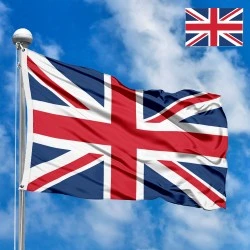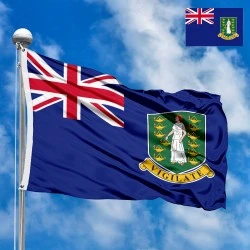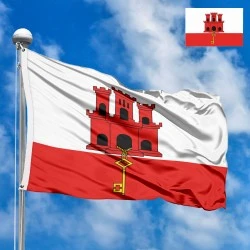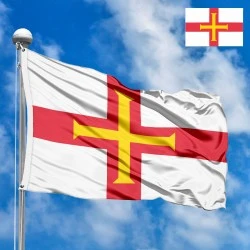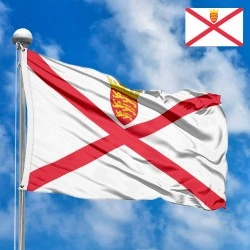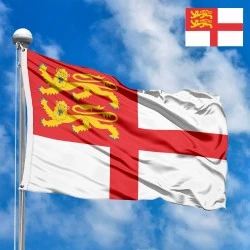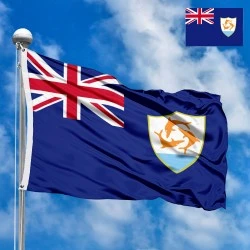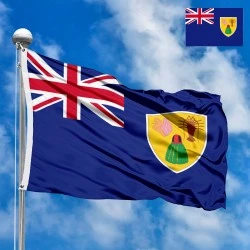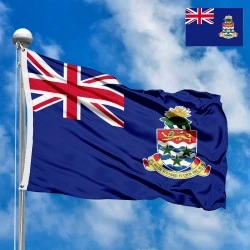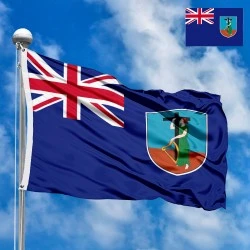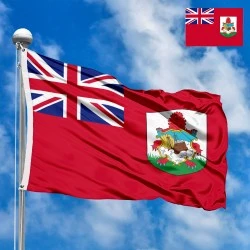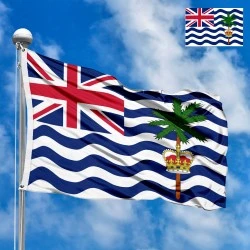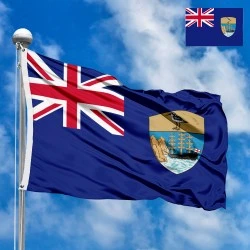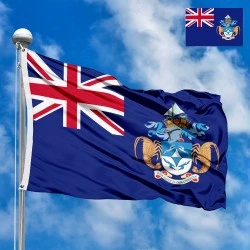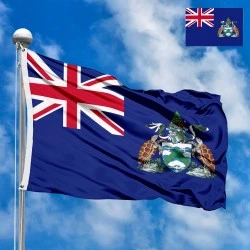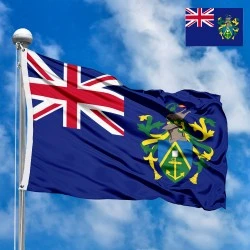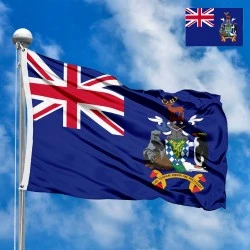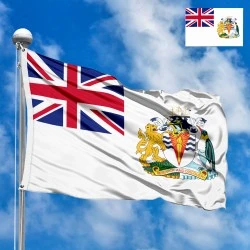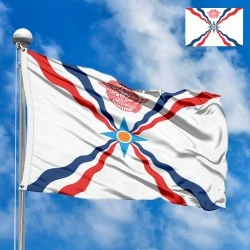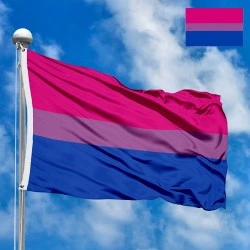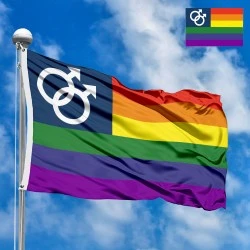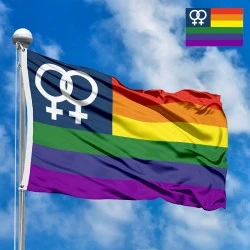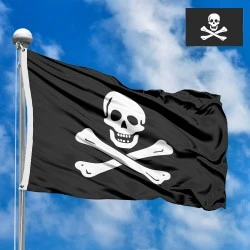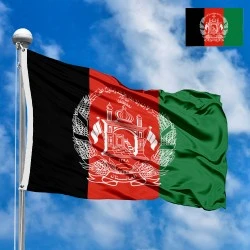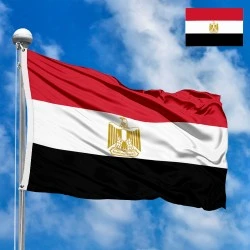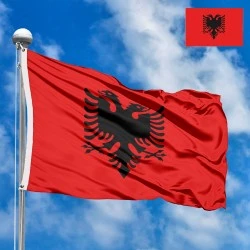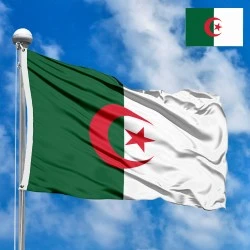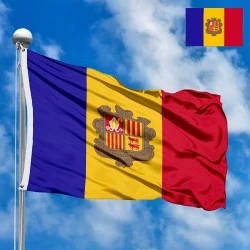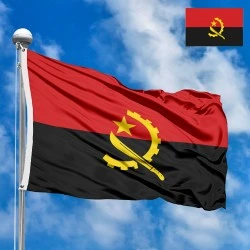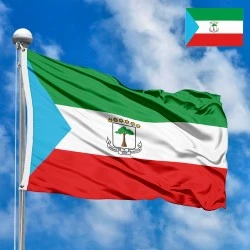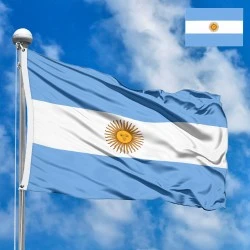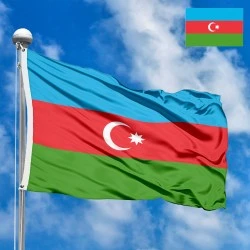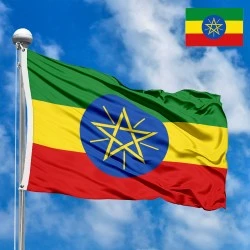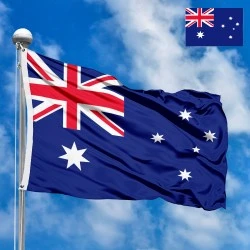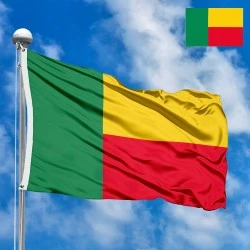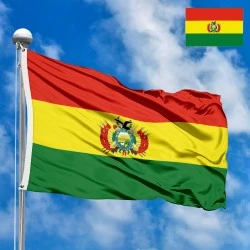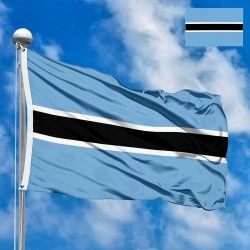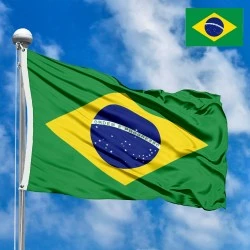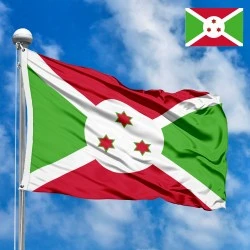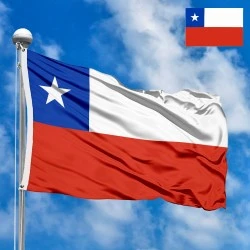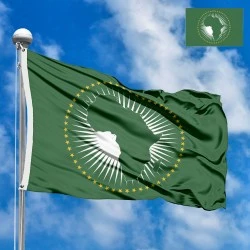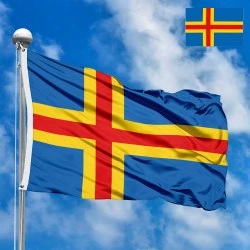Flag of the Falkland Islands
- Flag Type: Regional
- Proportions (official): 1:2
- Official name: Falkland Islands
- Local name: Falkland Islands
- Sovereignty (year): NO (Self-governing overseas territory of the United Kingdom, claimed by Argentina)
- Country code, territory: FK, FLK, 238
- Capital: Stanley
- Population: 3,700 (2024, estimate)
- Religions: Christianity ~95%
- Area (km²): 12 173
- Highest point: Mount Usborne (705 m)
- Lowest point: Atlantic Ocean (0 m)
- Currency: Falkland Islands pound (FKP, £)
- Languages: English
- Dialing code: +500
- National domain: .fk
Flag Information
General information
Demography and Culture
Economy and communications
- All Flags
- Flags of Countries by Continent
-
Flags of Organizations
- Flags of UN countries
- Flags of the European Union countries
- Flags of NATO countries
- Flags of the countries of the Organization of Islamic Cooperation
- Flags of the countries of the Organization of American States
- Flags of the Arab League countries
- Flags of the African Union countries
- Flags of the countries of the Union of South American Nations
- Flags of the Commonwealth of Nations
- Flags of the countries of the Secretariat of the Pacific Community
- Flags of the Nordic Council countries
- Flags of the Caribbean Community
- Flags of the countries of the Association of Southeast Asian Nations
- Flags of the East African Community
- Flags of the countries of the Organization of Turkic States
- LGBT Community Flags
- Historical Flags
- Ethnic Flags
- Flags of the USA (states)
Description
The national flag of the Falkland Islands is a symbol that clearly reflects its status as a British Overseas Territory while also highlighting its unique local identity. The flag is a variation of the British Blue Ensign, featuring the archipelago's coat of arms. It was officially adopted on September 29, 1948, and its design was updated in 1999 to make the coat of arms more prominent and modern.
A Detailed Look at the Flag's Design and Symbolism
The flag of the Falkland Islands is a classic example of a Blue Ensign. It consists of a dark blue field with the Union Jack in the canton (the top-left corner) and the Falkland Islands' coat of arms on the fly side (the right side). This design is a powerful and direct statement of the islands' political relationship with the United Kingdom.
Each element of the flag carries a significant message, reflecting the core principles and identity of the Falkland Islanders:
-
The Union Jack: The presence of the Union Jack in the canton signifies the islands' enduring status as a British Overseas Territory. It represents the historical and ongoing connection to the United Kingdom, which is a source of national pride and security for the inhabitants.
-
The Blue Field: The deep blue field of the flag represents the South Atlantic Ocean that surrounds the islands. It symbolises the islands' maritime heritage, their isolation, and the vital role of the sea in their history and economy.
-
The Coat of Arms: The coat of arms, situated on the right side, is the most symbolic part of the flag. It tells a detailed story of the islands and their people.
-
The Ram: At the top of the shield is a ram, representing the islands' traditional sheep-farming industry. Wool production has historically been the cornerstone of the Falklands' economy.
-
The Ship: The ship below the ram is the "Desire," the vessel in which English explorer John Davis is believed to have discovered the islands in 1592. The ship represents the islands' discovery, their history, and their maritime connection to the world.
-
The Motto: On a scroll beneath the shield is the islands' motto: "Desire the Right." This motto is a direct reference to the ship "Desire" and a powerful statement of the islanders' desire for self-determination and their right to choose their own future.
-
The History and Adoption of the Flag
The Falkland Islands have had a series of flags throughout their history, all based on the British Ensign. The first flag was a simple Blue Ensign. In 1925, a new coat of arms was designed, which featured a sea lion and a penguin. However, this was replaced by the current coat of arms in 1948, which was incorporated into the new flag.
The flag adopted in 1948 was a Blue Ensign with the new coat of arms placed inside a white circle. This was a common practice to make the badge more visible against the blue background. However, in 1999, a minor but significant change was made. The white circle was removed, and the coat of arms was enlarged and placed directly on the blue field, making it a more prominent and integrated part of the flag. This change was part of a larger update to the flags of many British Overseas Territories.
Meaning and Significance for Residents
For the residents of the Falkland Islands, the flag is a profound symbol of their identity, resilience, and self-determination. It represents their unique culture, shaped by a blend of British heritage and local traditions. The flag is a constant reminder of their right to self-governance, a principle that was fiercely defended during the Falklands War in 1982. The motto "Desire the Right" is particularly meaningful, as it encapsulates the islanders' strong desire to remain a British territory and their right to choose their own destiny.
Interesting Facts
-
The first documented flag of the Falkland Islands dates back to 1876, but it was a different design from the current one.
-
A Red Ensign variant of the flag exists, which is used as the civil ensign by merchant ships registered in the Falkland Islands. It has the same coat of arms but on a red background.
-
The flag is often seen flying alongside the Union Jack on government buildings and during official ceremonies, symbolizing the dual identity of the territory.
-
The Falkland Islands are known for their strong sense of national pride, and the flag is a prominent symbol of this pride, often seen on cars, homes, and businesses throughout the islands.
-
The coat of arms, with the ram and the ship, beautifully illustrates the two core pillars of the islands' history and economy: farming and the sea.
In the demonstration images, full-size flags are shown with proportions of 2:3, and hand-held flags with proportions of 1:2.
Donation
Download
Completely free for commercial and non-commercial use (public domain).
You can freely use them in your news magazines, websites, software, mobile applications.
We appreciate a backlink to https://flagssite.com
Raster files - Flag of the Falkland Islands (PNG, JPG)
 Waving flag
Waving flag
- PNG format (transparent background), 72dpi, dimensions in Pixels (px), aspect ratio 3:4.
- 15х20 px
- 30х40 px
- 60х80 px
- 120x160 px
- 240x320 px
 Sizes:
Sizes:
"v15" - image size (by height); if necessary, replace with available: v15, v30, v60, v120, v240.
!!! For resizing, use the Latin (eng) keyboard layout.
<img src="https://flagssite.com/flags/v15/20615.png" alt="Flag of the Falkland Islands">
 Round flag
Round flag
- PNG format (transparent background), 72dpi, dimensions in Pixels (px), aspect ratio 1:1.
"d15" - image size (diameter); if necessary, replace with available: d15, d30, d60, d120, d240.
!!! For resizing, use the Latin (eng) keyboard layout.
<img src="https://flagssite.com/flags/d15/20615.png" alt="Flag of the Falkland Islands">
 Rectangular flag 2:3
Rectangular flag 2:3
- JPG format, 72dpi, dimensions in Pixels (px), aspect ratio 2:3.
"h30" - image size (by height); if necessary, replace with available: h15, h30, h60, h120, h240, h360, h480.
!!! For resizing, use the Latin (eng) keyboard layout.
<img src="https://flagssite.com/flags/h30/20615.jpg" alt="Flag of the Falkland Islands">


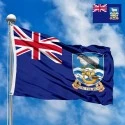
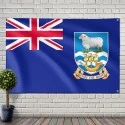
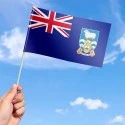
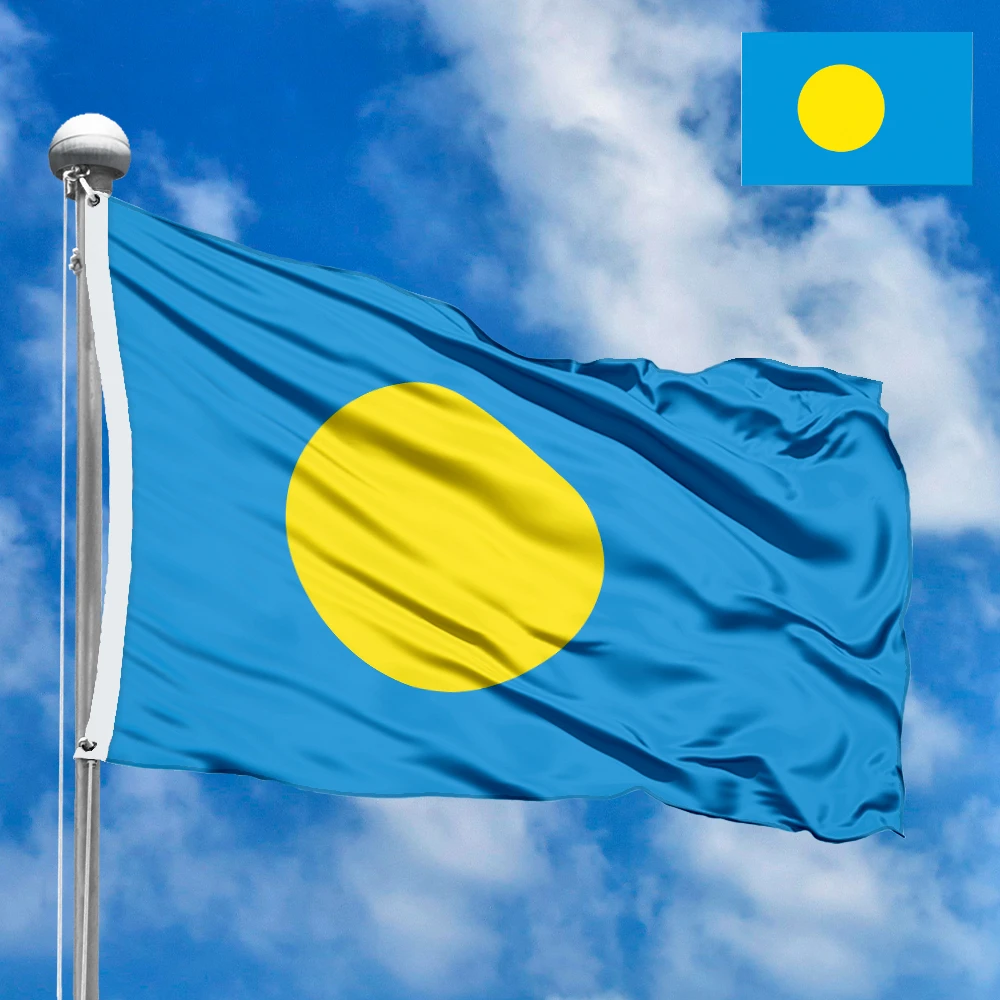



 Sizes:
Sizes:
 Sizes:
Sizes:
